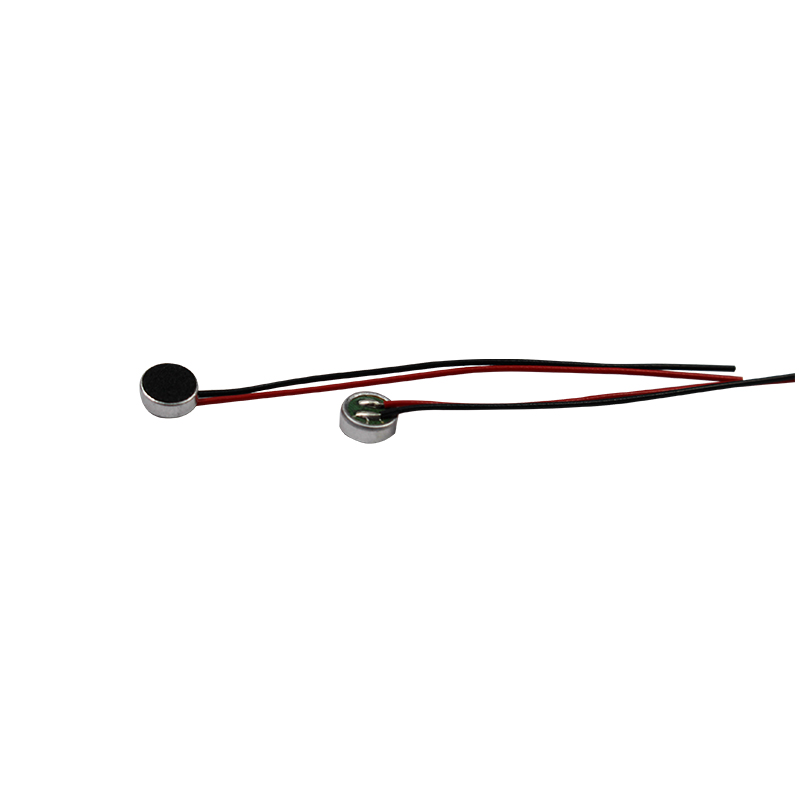Positioning electret condenser microphones (ECMs) correctly is crucial for optimizing sound capture in dynamic recording environments. The microphone placement directly affects the quality, clarity, and balance of the recorded audio. Here are some recommended positioning techniques to optimize sound capture with ECMs in dynamic recording environments:
Consider the Polar Pattern:
Before positioning the ECM, consider its polar pattern and how it influences directional sensitivity. For example, if using a cardioid pattern ECM, position the microphone so that the sound source is directly in front of it for optimal capture, while minimizing off-axis noise.
Distance from Sound Source:
Determine the ideal distance between the ECM and the sound source based on the desired balance between direct sound and room ambiance. A closer microphone placement emphasizes the direct sound, while a farther placement captures more room ambiance.
Angle of Incidence:
Position the ECM at an angle that aligns with the primary sound source or instrument. For vocals, this often means pointing the microphone towards the singer's mouth at a slight angle to minimize plosive sounds and sibilance.
Avoiding Proximity Effect:
Be mindful of the proximity effect, which results in an increase in bass response when the microphone is placed close to the sound source. Adjust the microphone distance to control the proximity effect and achieve a balanced frequency response.
Microphone Height:
Adjust the height of the ECM to align with the sound source's optimal sound projection. For example, when recording vocals, position the microphone at mouth level to capture clear and natural vocal tones.
Stereo Microphone Techniques:
For stereo recording using multiple ECMs, employ techniques such as spaced pair, XY, ORTF, or Blumlein configurations. Each technique offers a unique stereo image and spatial representation, so choose the one that best suits the recording environment and desired sound.

Room Acoustics:
Consider the acoustics of the recording environment when positioning ECMs. Experiment with microphone placement to minimize room reflections, echoes, and standing waves that can degrade the quality of the recorded audio.
Isolation and Soundproofing:
Use isolation tools like shock mounts or microphone stands with isolation pads to minimize vibrations and handling noise. Additionally, consider soundproofing the recording space to reduce external noise and interference.
Monitoring and Adjustments:
Monitor the recorded audio in real-time while adjusting microphone positioning to ensure optimal sound capture. Use headphones or studio monitors to listen for any issues and make necessary adjustments on-the-fly.
Experimentation and Testing:
Don't hesitate to experiment with different microphone positions and angles to find the optimal placement for each recording scenario. Conduct sound checks and test recordings to evaluate the sound quality and make adjustments as needed.


 EN
EN  English
English Deutsch
Deutsch 中文简体
中文简体
